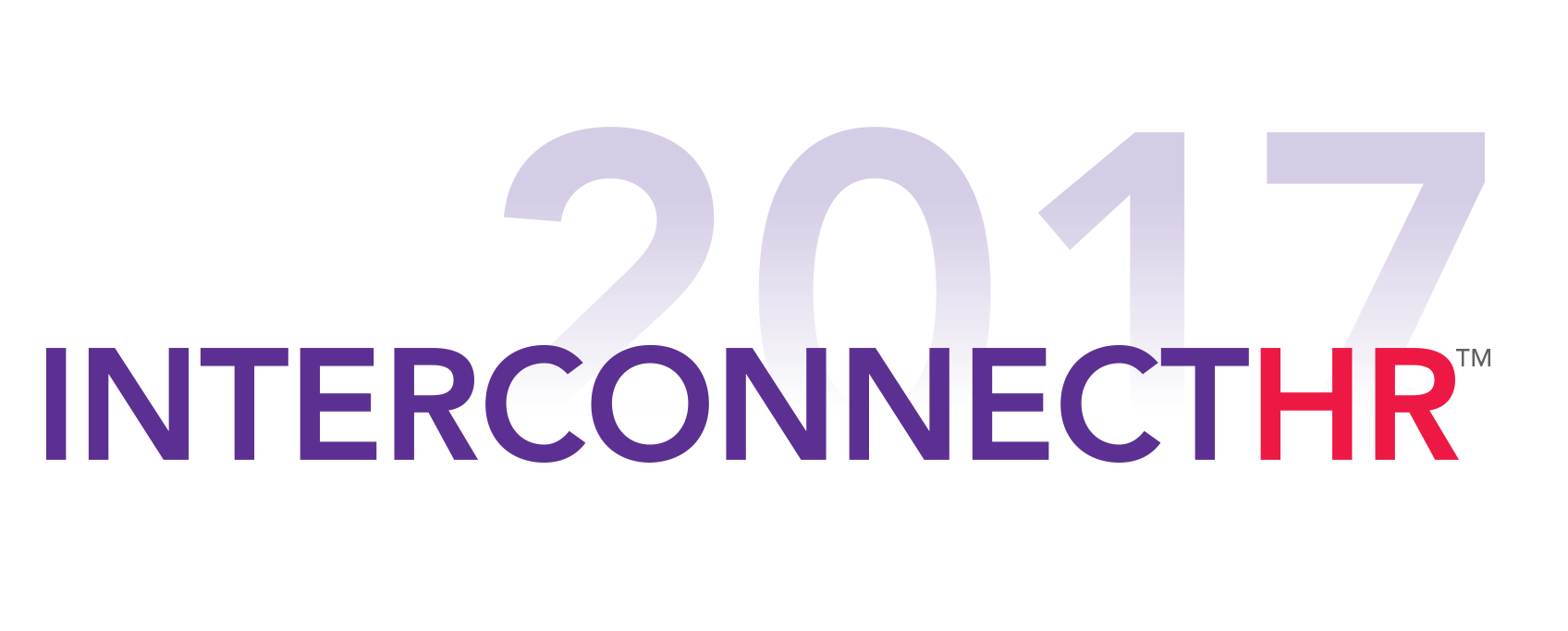
The demand for more business value from human resource management professionals includes greater emphasis on HR initiatives that drive customer, shareholder and other stakeholder goals. In addition to talent management imperatives, HR must be viewed as "Strategic Positioner" across organizational objectives, say researchers of a comprehensive study on HR competencies, detailed in a new book, Victory Through Organization.

If your company’s talent management strategy is still based on the oft-repeated adage: “Hire slow, fire fast,” your organization may be losing out in the war for top talent. Human resource and hiring managers must adopt new rules and more efficient strategies to attract and retain the best employees, says Scott Wintrip, the author of High Velocity Hiring and the featured speaker in a new HR Certification Institute webinar, Mastering the Changing Rules in the War for Top Talent.

Human resource management professionals are most effective when they are credible, trusted and proactive business partners, say researchers of a comprehensive study on HR competencies, detailed in a new book, Victory Through Organization.

Have HR professionals taken on new HR competencies over the last three decades? The answer is "yes," based on the findings of a comprehensive study of more than 4,000 HR practitioners at over 1,200 organizational units. A new book, Victory Through Organization, details the findings of 30 years of research and provides empirical evidence on the HR profession's evolution.

Stay connected to the growing HR Certification Institute® (HRCI®) community of leading HR professionals.

What makes an HR team excellent at their job? Here’s how 9 HR competencies support organizational evolution in an uncertain environment.

It’s both a major advantage and challenge for HR management professionals who are part of the HR Certification Institute® (HRCI®) community and want to maintain their elite status as credentialed HR practitioners. We are talking about HRCI recertification credits.

The ability of a listener to receive your message is affected by their emotional state, pre-existing commitments, financial pressures and pre-judgments about you and your message. Before presenting your message, you need to make sure that you have the listener's attention.

The human resource management function is changing. The pendulum has swung from HR’s focus on administration to an emphasis on HR practices that are aligned with C-level business goals and values. This is not unlike challenges recently faced in marketing, and there is much HR can learn from marketing’s recent journey to the proverbial "seat at the table."

Traditional performance management practices are evolving. Here are some performance management changes you can expect to see — and expect to stay.

Creating an ideal workplace and employee experience are essential for organizations seeking higher levels of performance from employees. But what, exactly, does the ideal employee work experience look like?

Most readers of this blog are familiar with HR Certification Institute® (HRCI®) credentials as a professional development plus. Many HR leaders, too, hire only HRCI-credentialed practitioners for their proven organizational impact.

A report from Forrester highlights a new class of technologies that make performance management tracking more intuitive, including robots, wearables and apps that track behaviors and feelings, all the while motivating employees to improve work.

The vision of making 2017 your best year yet is currently sitting at the top of your list of priorities. This is your year to live up to your fullest potential and go for everything your heart desires ― including a promotion at work. Climbing the corporate ladder as a woman is no easy feat, but no one said it couldn’t be done! If you’ve got a promotion on the brain, then here are some helpful tips to help you get ahead.

C-suite leaders, including CHROs, told a gathering of about 300 human resources management professionals today to embrace new technologies, lead with proactive versus reactive HR innovations, and improve analytical skills to align measurable people results with improved customer service and other external goals ― not just internal goals ― of organizations.